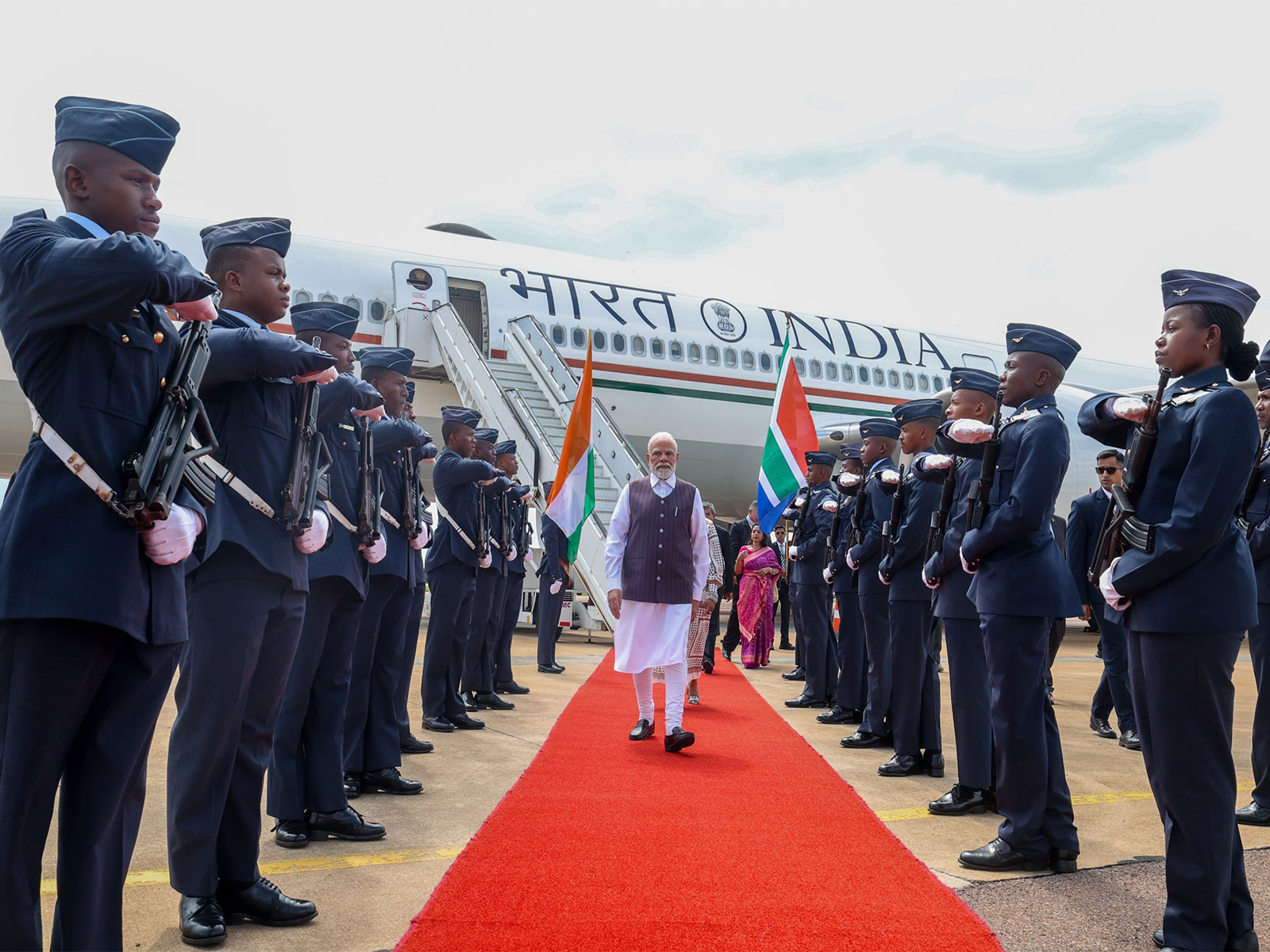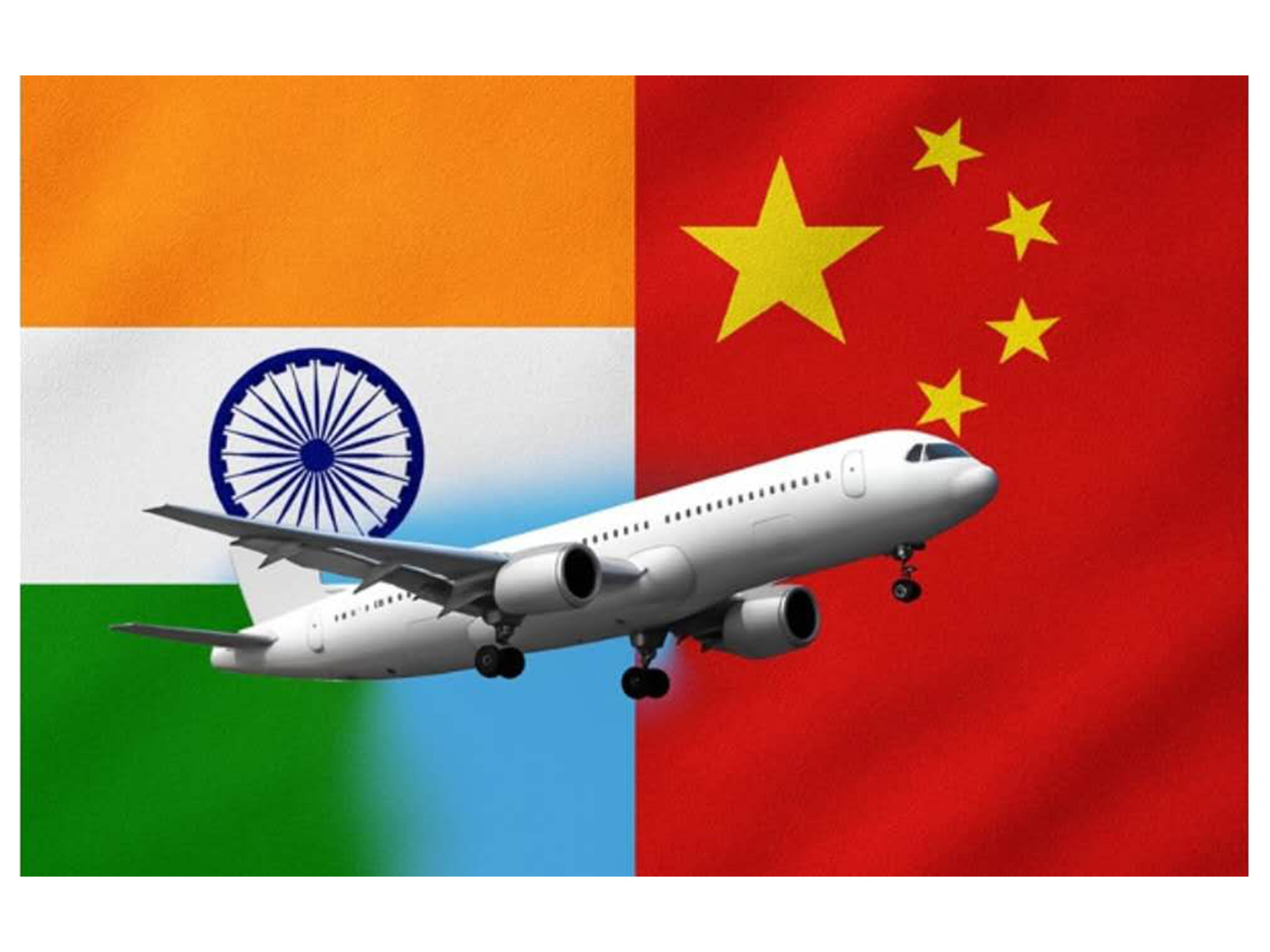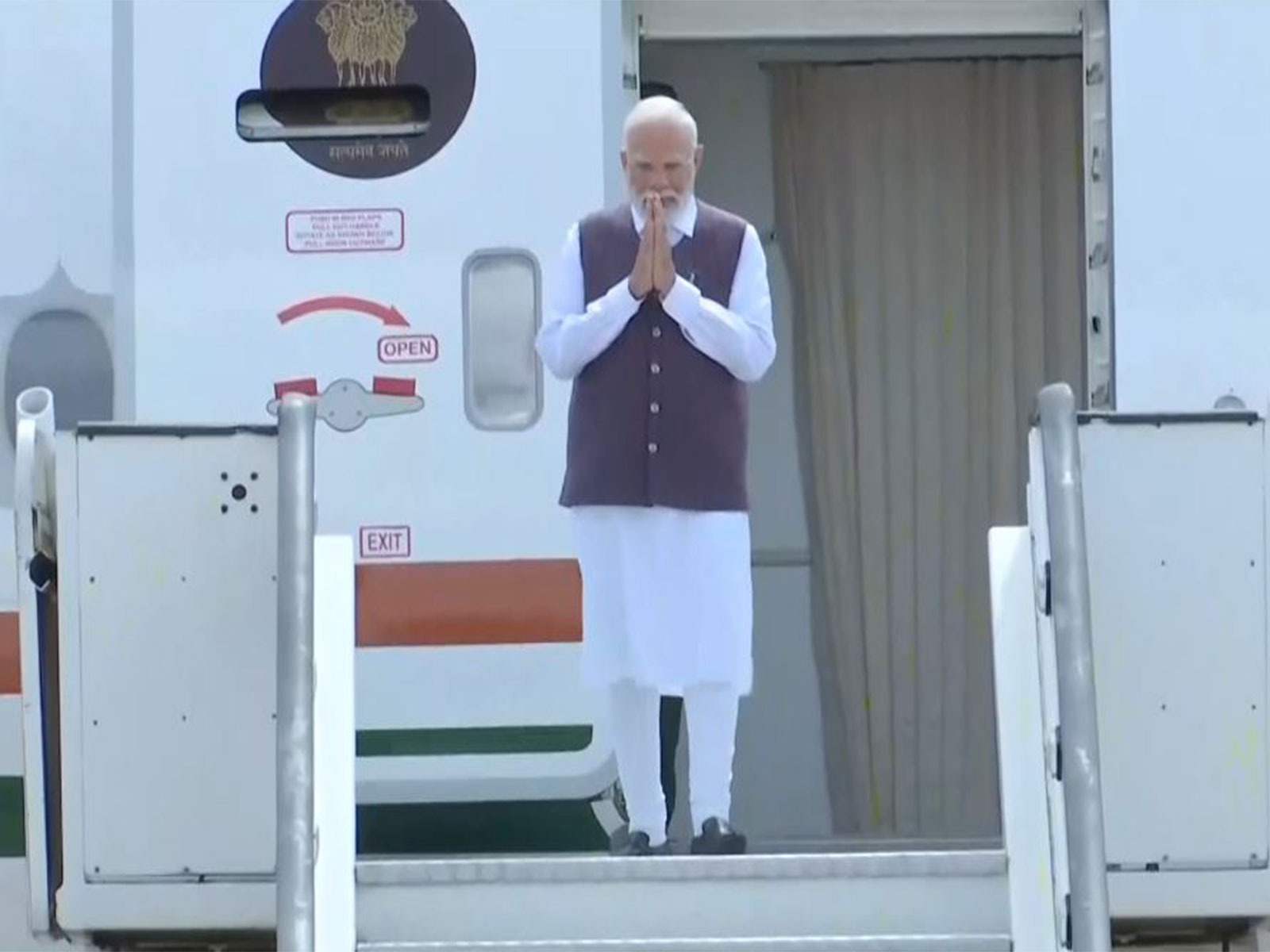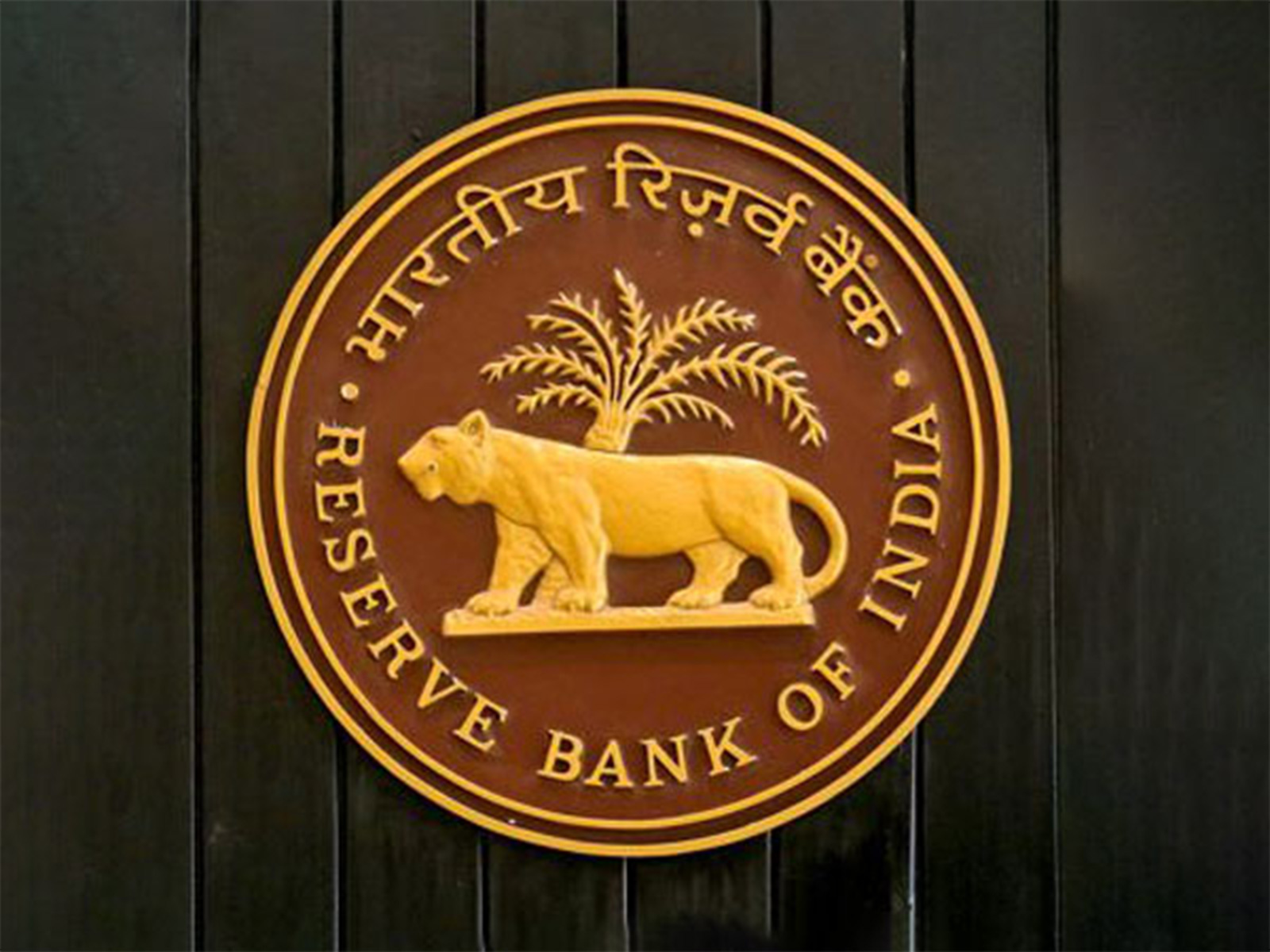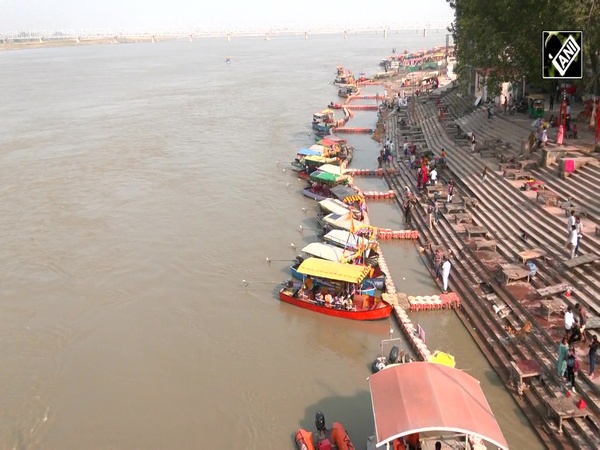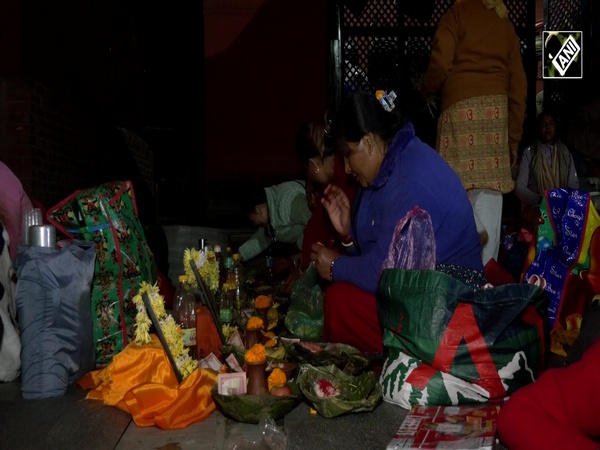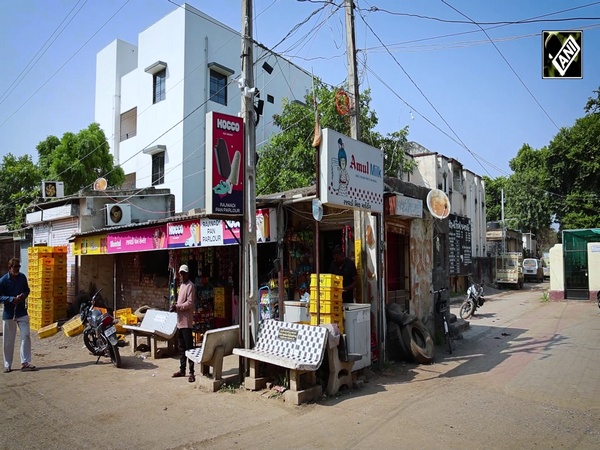China testing limits of international laws, conventions and norms, says European think-tank
Jun 20, 2020

Amsterdam [Netherlands], June 20 : The June 15 attack by Chinese troops on Indian soldiers in the remote and desolate Galwan valley, which lies on the western fringes of the Line of Actual Control (LAC) represented an extreme example of the increased Chinese belligerence in its neighbourhood in recent months, says the European Foundation for South Asian Studies (EFSAS).
India said that 20 of its soldiers were killed by the Chinese troops in the violent face-off.
The European think-tank said, "That it was a deliberate, pre-planned and barbaric attack that clearly violated the protocols of engagement agreed upon by the two sides decades ago, and caused the first fatalities on the LAC in close to half a century, is clear."
It added, "What remains to be seen is the impact that the tragic loss of lives will have on the future trajectory of the broader India-China relationship, how the ramifications will play out on the regional chessboard and to what extent the rules of engagement at the LAC, which had been arduously worked out over years, would be diluted or transformed."
The Chinese attack has led to a serious security situation for India in recent years and flared emotions have meant that the potential for rapid escalation is rife.
Although experts seem unclear on what prompted China to believe that such volatility, which was the obvious outcome that could be anticipated from an attack such as the one that it launched at the LAC would be in its interests, most seem to concur that the Chinese attack marks the 21st-century turning point for India and China, and that the two countries face a future characterised by deepened distrust and potential fresh conflict.
The EFSAS said, "The attack on Indian troops comes on the back of an increasing Chinese assertiveness, be it in the South China Sea, Taiwan or Hong Kong. China has been flexing its muscle across the region, intercepting Malaysian and Vietnamese vessels in the South China Sea, seizing new powers over Hong Kong and twice sailing an aircraft carrier through the sensitive Taiwan Strait."
It is unclear whether such aggression is meant to be a Chinese show of strength and intent in response to the international criticism and calls for accountability by several prominent members of the international community for its role in the origination and spread of COVID-19, or an effort to divert the attention of its growing number of disenchanted subjects struggling to cope with the steep economic downturn and uncertainty, or even opportunism in making the most of a weakened and inattentive United States that is grappling with a severe COVID-19 outbreak and a divisive election campaign.
"What is, however, not at all ambiguous is that China has been testing the limits of international laws, conventions and norms and the attack on the LAC was the latest and most serious manifestation," said the Amsterdam-based think-tank.
India has made it clear that though it has little appetite for violent clashes, it will not stand down to Chinese intimidation.
This was precisely the point made unambiguously by Prime Minister Narendra Modi in a televised address. India would much prefer a diplomatic solution to the border issue with China.
Meanwhile, the present international milieu in which China finds itself under severe pressure from several quarters could be well utilised by India to its advantage.
The EFSAS said, "An aggressive diplomatic offensive by India similar to that launched after the 2008 Mumbai terrorist attacks, as part of which the leaders and ambassadors of as many countries as is possible are briefed regularly on the nature and extent of the violations by China at the LAC and urged to publicly criticise China for its actions and demand that it withdraw, could yield results as it would painfully prick China's intense sensitivity to its global image and reputation."
